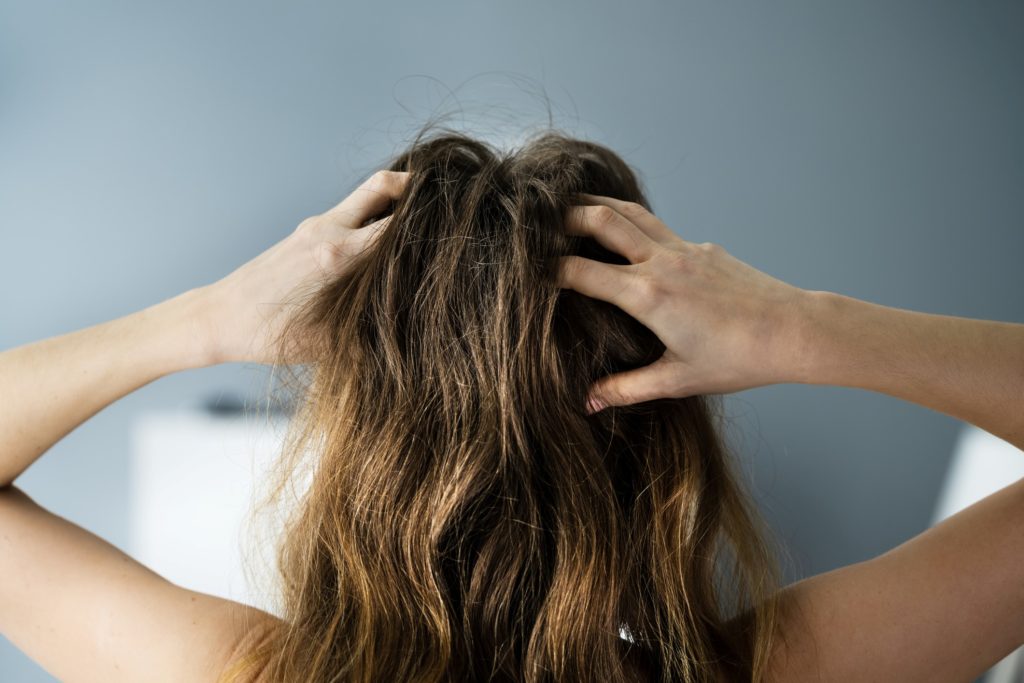If you’ve looked in the mirror and noticed that your hair part seems to be growing wider, you’re not alone. As we age, hair thinning and loss become more common, and with women, a widening of the part is one of the first tell-tale signs.
growing wider, you’re not alone. As we age, hair thinning and loss become more common, and with women, a widening of the part is one of the first tell-tale signs.
Read on as we explain what may be happening and how to get in under control.
Understanding Hair Loss
A widening of the hair part is most often considered the first symptom of a larger problem. Hair loss becomes apparent when one experiences close to 50 percent hair loss either because hair follicles are in a prolonged resting phase or are no longer active. A wider part can be caused by female pattern hair loss, chronic diffuse telogen loss, androgenic alopecia, diffuse alopecia, polycystic ovarian syndrome (PCOS), or thyroid issues. It’s important to seek the help of a doctor to pinpoint the cause of your hair loss and establish the best treatment plan.
When To Take Action
The best time to act is when you first notice the problem. While hair shedding is normal, with the average person shedding between 50 and 100 hairs a day, if your body sheds significantly more, it’s time to seek the help of a trusted doctor. Whether your hair will regrow depends on the cause of the hair loss. The faster you take action, the better the results you can expect. For some, using a prescription topical solution along with a hair-focused nutrient supplement may be enough to push the hair back into the growing phase. For others, light therapy, corticosteroids, hormone therapy, or hair transplant surgery may be recommended.
What You Can Do
If regrowth is possible, the process will require patience and time. However, there are steps you can take in the meantime to reduce the appearance of a widening part and promote hair growth.
- Consider products that camouflage a wider hair part such as a powder touch-up. Look for one with a squared-off brush for easy application. Such products will not just give you the appearance of a thinner part but will touch up grays as well. What’s more, the targeted application means pigment won’t be distributed across your entire scalp.
- Give yourself a daily scalp massage. Massage for at least four minutes to relieve tension, improve blood circulation, and improve scalp health.
- Stay away from heavy oils that can clog hair follicles and hinder future growth.
- Wash your hair less often. Daily cleansing can cause dryness and irritate your scalp, which can cause hair to fall out.
- Limit chemical hair treatments and heat styling which can damage hair over time and lead to breakage.
- Avoid hair styles that put strain on your hairline such as tight ponytails and braids. The constant pulling can permanently damage hair follicles and in extreme cases, can lead to traction alopecia.
Do you feel like you’ve already exhausted all available remedies? Well, here’s one more you should strongly consider – a free consultation with the experienced medical team at DiStefano Hair Restoration Center. We’ve worked wonders for hundreds of patients throughout the region, and there’s a good likelihood we can do the same for you. Contact us today and let’s see about restoring your once full head of hair.


